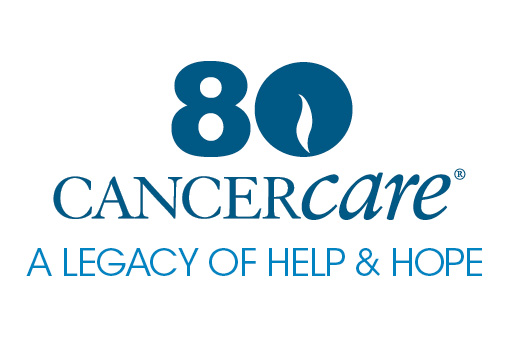Q. My husband has been diagnosed with Stage IIIA non-small cell lung cancer that had spread to the mediastinal nodes. I have heard that the five-year survival rate for this type of cancer is 15% or approximately two years. Is this correct?
The American Society of Chest Physicians indicates that the five-year survival rate for Stage IIIA non-small-cell lung cancer (NSCLC) ranges from less than 10% to 40% and is dependent on the extent of mediastinal lymph node involvement. NSCLC type (squamous cell, adenocarcinoma or large cell carcinoma) may also influence survival rates.
It is important to keep in mind that the primary purpose of staging a cancer is to make sure that the correct treatment protocols are utilized, rather than to predict survival. Survival rates do not represent the experience of any individual lung cancer patient. They are statistical figures which are comprised of data collected on thousands of cancer patients and then calculated to develop the average or median computation for that very large group.
Many factors influence lung cancer survival including a patient’s age, overall state of health prior to diagnosis, healthy lifestyle, compliance to treatment regimens and response to treatment. Very often, newly diagnosed patients who join CancerCare’s lung cancer patient support groups have poor survival prognoses, yet survive for significantly longer periods than anticipated.
One valuable coping strategy we have learned from these group members over the years is “staying in moment.” Using our physical and emotional strengths on today’s issues, rather than trying to solve the unknowns of the future, appears to be one of the most effective ways of living each day with lung cancer.
You can also find comprehensive information about lung cancer on CancerCare’s website, www.lungcancer.org.

 Answered by
Answered by